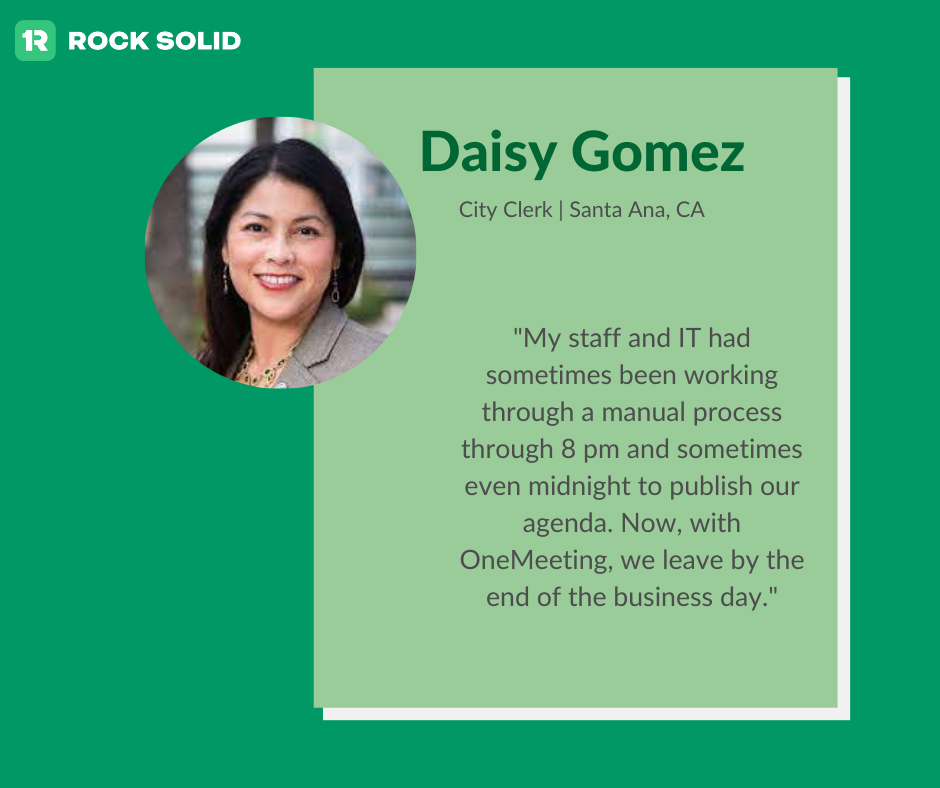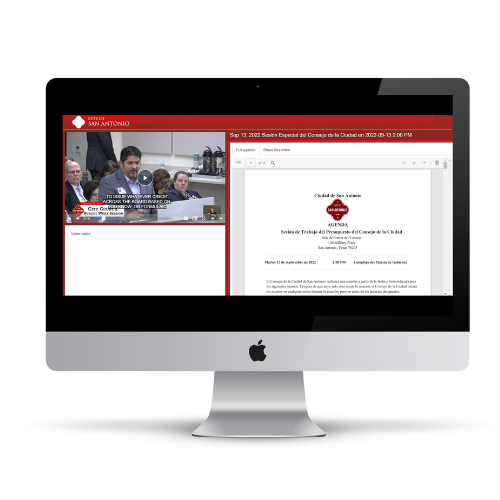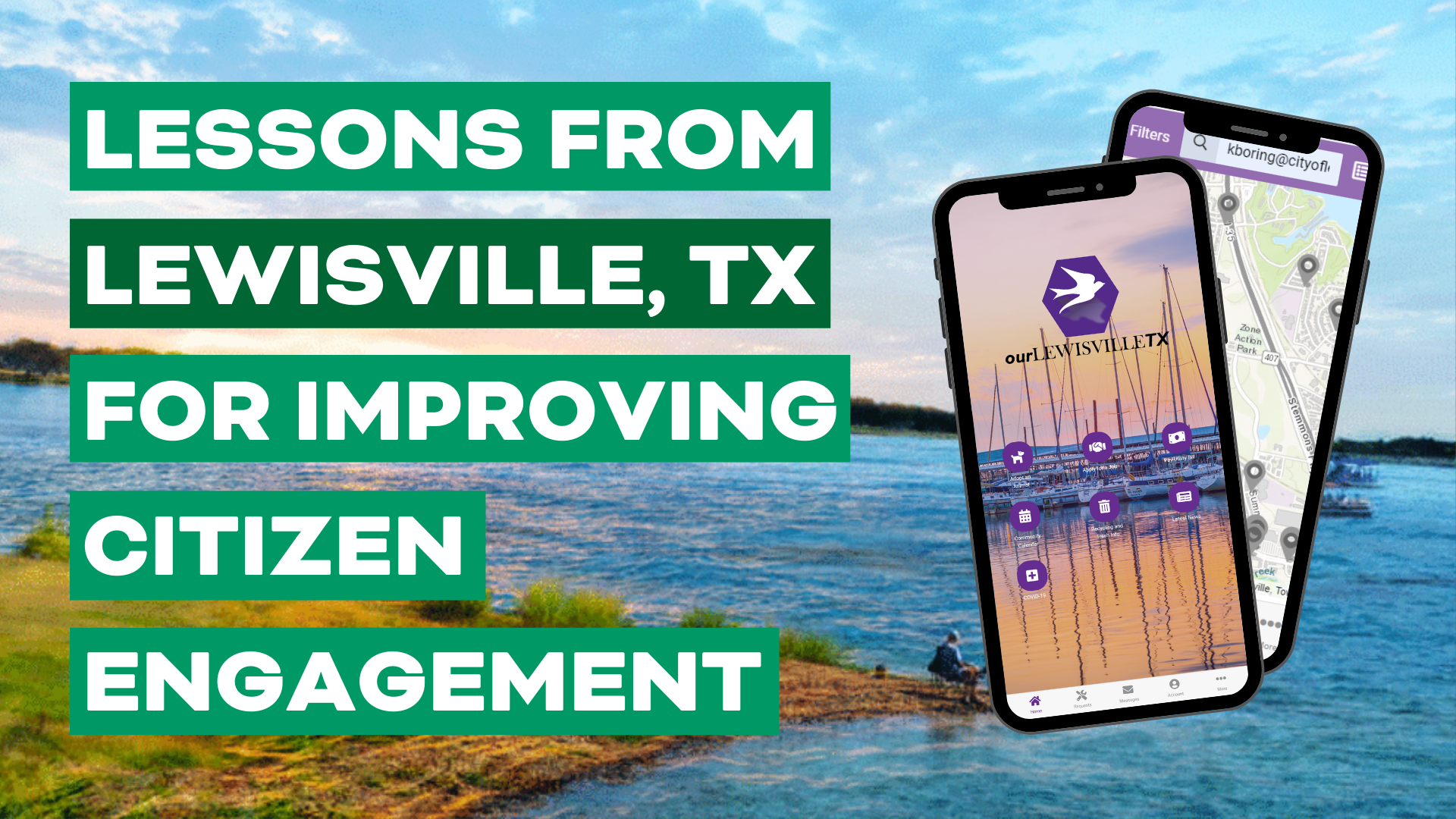I remember the first time my grandparents visited the United States from Panama when I was a little girl, and being so excited to have them stay with my family for a couple of months. We would cook, laugh, and eat, in that order- most of the time. Most of the time they were here, my mother would ask me to accompany them to the grocery store or the gas station.
As a young child, I remember finding it odd that my adult Abuelito and Abuelita needed my accompaniment to the store. Usually, it was the other way around- you know you bring the adult with you to the store, dad gets you a candy bar, etc.
As I got older I had a revelation on why it was that my mother would want me to accompany them- both of my grandparents spoke no English except for a few common words. My Abuelita knew how to say “shower” and “mommy” which if you think about it, are pretty sufficient base words in the English language. Speaking very intermediate-level Spanish, I would assist my grandparents with locating the type of cookies they wanted in the store or handling change at the register.
As I progressed through my adulthood, I began to realize the importance of language inclusivity and the impact of the lack thereof for non-English speakers. Though trips to the grocery store to find cookies might seem arbitrary, there’s lots of value in offering resources so speakers of different languages can find the cookie aisle. (Everyone needs cookies!) In the same respect, many different resources are useless if people can’t understand them in their native language.

Local government change-makers recognize the importance of serving a diverse community and accommodating citizen preferences, and how the power of multilingual resources can empower citizen engagement. More specifically, states like California and even Texas are home to some of the largest Spanish-speaking populations in the U.S. As local government thought leaders go through citizen engagement planning, it’s equally as important to consider resources that serve diverse communities.
This is why we’ve collected some examples of solutions that can help empower multilingual constituents and city staff, in the hope of inspiring more inclusive citizen engagement planning. Let’s begin with one that offers some apparent benefits for translation services:
Agenda Meeting Solutions:
As aforementioned, states like California are home to many Spanish speakers, like the City of Santa Ana, California- home to a diverse population that includes 76.6% of their constituents identifying as Latinx. Their local government was faced with the challenge of providing its diverse Spanish-speaking community with access to public meetings. In fact, 77% of the city’s population speaks primarily Spanish.

For the city, it was imperative to find a tech solution to assist this potential gap in communication, and this is why they upgraded their previous agenda management software to OneMeeting. Essentially, the new software provided agenda translation using Google Translate and HTML agendas available on a public portal that automatically displays a language drop-down option that converts the agenda into 100+ languages. Another interesting and uplifting element was the implementation of a separate encoder so that residents could listen to meeting recordings in their choice of English or Spanish.
-1.png)
Before the implementation of this inclusive software, city staff frequently worked past midnight during tedious “Agenda Publication Days”. In addition, the new solution provided a one-stop-shop for streamlining agenda-meeting efforts whereas before the city was juggling five different systems to publish one agenda.

The City of Santa Ana found long-term rewards and benefits with the implementation of OneMeeting.
KEY BENEFITS OF ONEMEETING:
- More residents could access meetings in Spanish
- City-staff efforts were made more efficient with a streamlined solution, making it unnecessary to use many different platforms to accomplish one task
- Residents became more engaged because of remote meeting options, actually increasing the number of public attendees
- Residents get information quicker and faster
Video/Live Streaming Solutions:
Since we just covered a solution to help improve language inclusivity within the agenda meeting solution, taking it one step further would be for the video/live streaming process of those meetings. Though we just focused on a city in California, another state that has an incredible amount of Spanish speakers is Texas.
A similar situation in the City of Santa Ana, CA occurred in The City of San Antonio, TX where the community is home to a large Spanish-speaking population. Nearly 42% of San Antonio residents speak Spanish at home, of those, almost 30% are not fluent in English. With over 70 public meetings a year, the city needed to provide transparency and inclusivity to its constituents.

They chose to adopt Swagit, a video/live streaming solution that simultaneously broadcasts their live meetings in both English and Spanish, with closed captioning on the English feed.
The primary stream includes the meeting’s live audio feed as well as closed captioning in English, and the secondary stream replaces the broadcast audio with a live Spanish voiceover translation. On-demand Spanish-language meeting videos are paired with meeting agendas in Spanish as well. Additionally, through Swagit’s advanced technology, residents can actually search captions for keywords spoken during the meeting.
The outcome of implementing this cutting-edge solution? In June 2018, the City of San Antonio received its seventh All-America City Award from the National Civic League for the City’s work in promoting equity through inclusive citizen engagement, showing the power of multilingual communication and utilizing solutions created for that very purpose.
BOTTOM LINE:
The power of language inclusivity in local governments can elevate citizen engagement, and with the implementation of technology created to fill this potential gap in communication- local governments have the opportunity to thrive in ways like never before. Though language-inclusive software is crucial for citizen engagement, there are also other factors to consider when choosing solutions that can uplift both citizens and city staff alike.
Read other success stories from your peers like the City of Santa, California where we show shining examples of City Clerks and City Managers improving citizen engagement through constituent relationship management (CRM) and city council agenda and meeting management solutions in our California-focused highlight story page.


